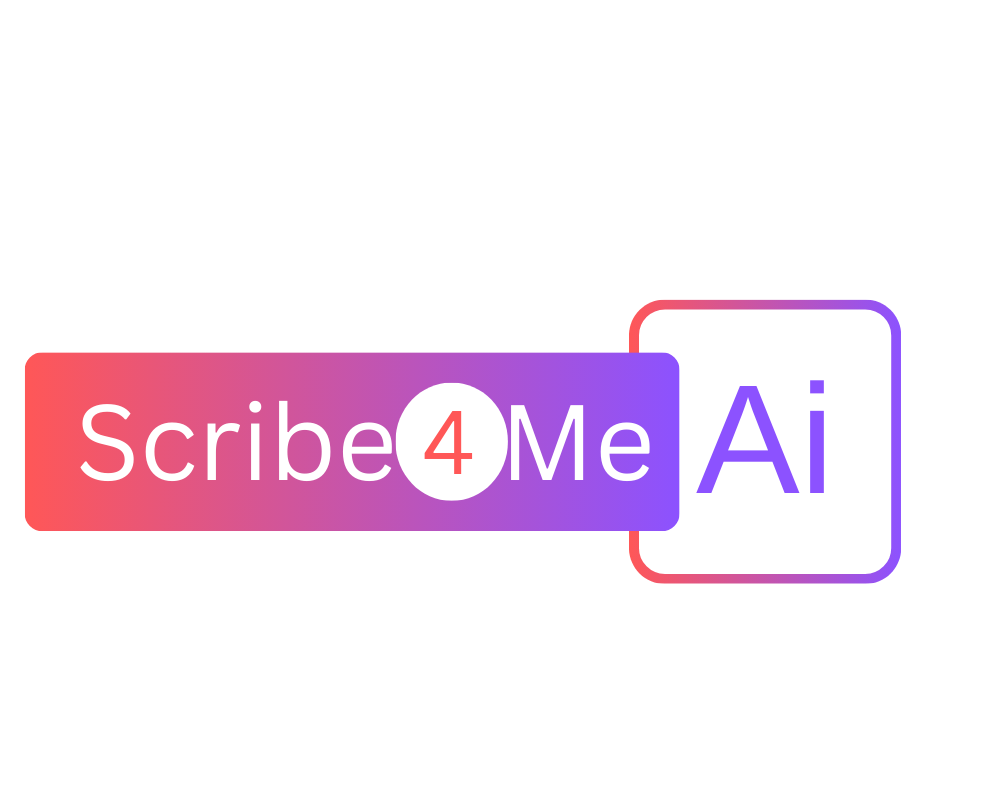

Innovative Solutions To Relieve Family Physician’s Documentation Burden
Documentation is a huge burden on family physicians and pretty much every physician, detracting from face time with patients and driving burnout. In fact, research shows that family physicians spend as much as half their workday on EHR-related tasks, much of it after office hours. It’s clear that this documentation burden has become more than just challenging – they’re overwhelming. Hence, the goal should be to relieve or eliminate burdens, not merely reduce them, so physicians can focus on what they do best – providing quality care to patients. In this blog post we will delve in to some of the innovative solutions aimed at relieving documentation-related workload and optimizing the family medicine experience.
The 3 T’s Of Innovations – Techniques, Technologies and Transformations
The innovations discussed here fall into three main categories.
Techniques
The following can help make your documentation workflow more efficient and less burdensome.
Leverage New E/M Guidelines
Take advantage of the new office visit evaluation and management (E/M) guidelines. These new guidelines eliminate the need to include detailed bullet points in the history and physical exam sections of a clinical note, allowing physicians to focus on documenting their assessment and care plan. The change means physicians spend less time typing and more time engaging with their patients.
Redesign Visits
Set up your exam room with your computer positioned to minimize gaze shifts, making it easy to alternate between the patient and the screen. Avoid having your back to the patient to pick up on nonverbal cues. For telehealth, set up two screens one for viewing the patient and one for accessing the EHR. Make sure the screens are positioned to reduce gaze shifting.
Conduct Pre-visit Planning
Plan ahead by pre-ordering necessary tests and have an MA review the patient’s record. A team member can call to clarify the patient's needs, and the patient should complete a pre-visit questionnaire to cover key topics before the visit.
Have An MA To Capture Patient Intake
Ensure that the MA captures patient history and intake information in your visit template, making documentation quicker and easier.
Optimize Use Of EHRs
Save time in your EHR by using templates and macros. Use patient questionnaires to cover up the most frequent chief complaints. Create patient summaries and use ‘behind-the-scenes’ EHR features. This can lighten your documentation burden by reducing both the time and number of clicks needed to document.
Technologies
Technology can greatly reduce documentation time and integrate easily into practice workflows.
In-Person And Virtual Scribes
Scribes shadow physicians and handle data entry, letting physicians focus on patients. While in-person scribes are costly, virtual scribes support remotely and offer the same benefits at a lower cost.
Medical Speech Recognition
It converts spoken words to text but requires the physician to point and click or place the cursor to edit.
AI-Assisted Documentation
AI tools use voice recognition to speed up note-taking, reducing documentation time by up to 72%, and are more affordable than in-person scribes.
Ambient Speech Recognition
This innovative technology listens to physician-patient conversations and creates notes automatically in the EHR. Studies show that ambient scribes not only improve documentation quality, but also reduce burnout and keep physicians focused during visits.
Transformations
Transformations like value-based payment and direct primary care can significantly impact documentation practices in family medicine. VBP, when implemented correctly, can reduce administrative burden and improve payments, focusing more on patient care and less on paperwork. Many family physicians in VBP practices report it’s “better work,” even if still demanding. On the other hand, DPC cuts down on the need for excessive insurance documentation and coding requirements, with revenue coming from patient or employer subscriptions instead of fee-for-service. While DPC isn't for everyone, it has been shown to ease documentation burden and increase satisfaction for those who use it.
Final Thoughts
Documentation burden continues to be one of the most significant challenges for family physicians. Fortunately, there are solutions that can help provide relief from this burden. By adopting the right techniques, integrating helpful technologies like scribes or AI-assisted scribes, and even transforming practice models, family physicians can reduce their documentation burden and refocus their time and efforts on what truly matters - providing high-quality care to their patients.
If you are looking to ease your documentation workload you have come to the right place. Hire Scribe4Me AI. Out AI-powered scribe can automate the documentation process providing you with the much-needed relief from tedious data-entry tasks, so you can focus more on patient care. Let Scribe4Me AI handle your notes—efficiently and effortlessly!


